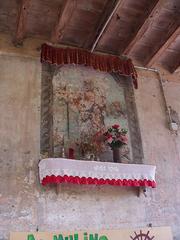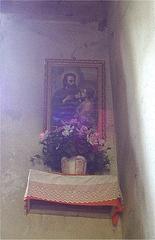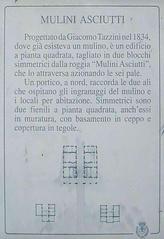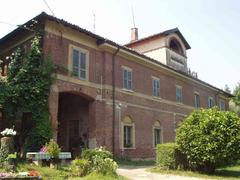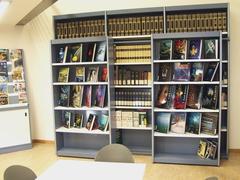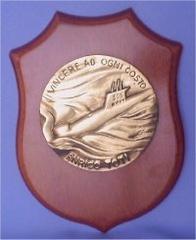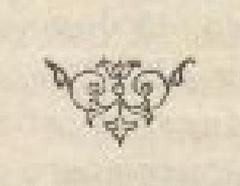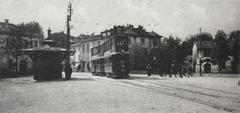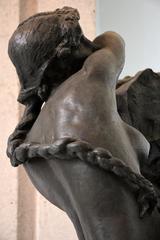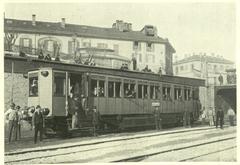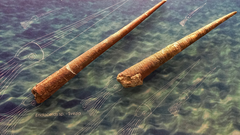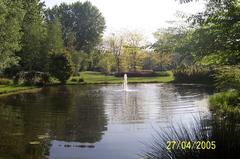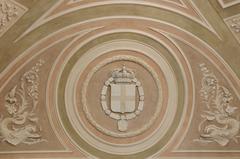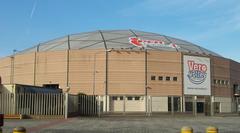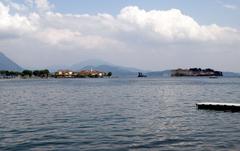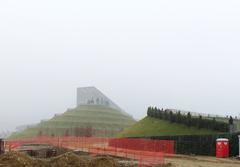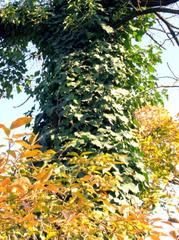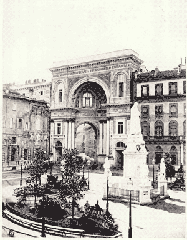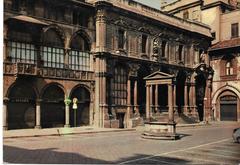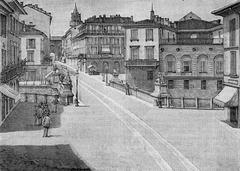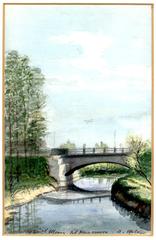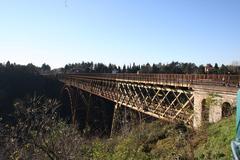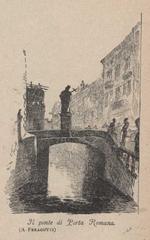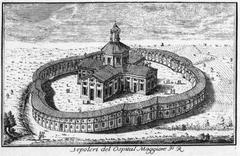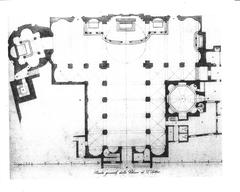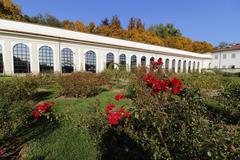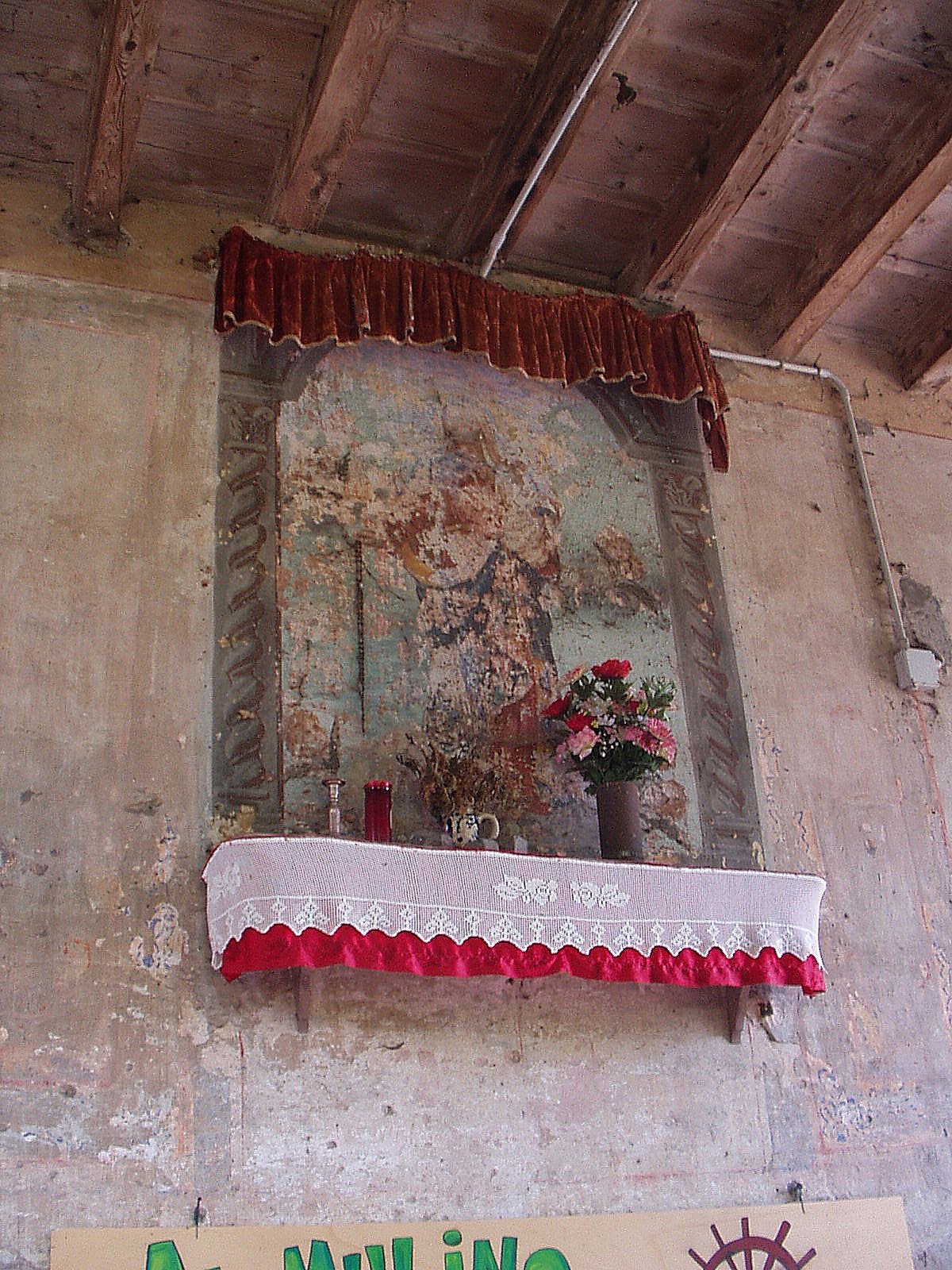
Cascina Mulini Asciutti: Visiting Hours, Tickets, and Historical Sites in Monza, Italy
Publication Date: 31/07/2024
Introduction to Cascina Mulini Asciutti
Cascina Mulini Asciutti, a captivating historical site nestled within the sprawling Monza Park, offers a unique blend of historical, cultural, and educational experiences. Dating back to the early 19th century, this site exemplifies the rich heritage of Monza and its surrounding regions. The current structure, built in 1834 by architect Giacomo Tazzini, stands as a testament to the architectural and technological advancements of its time (CREDA). Over the years, Cascina Mulini Asciutti has evolved from a functional mill powered by the Lambro River to a vibrant center for environmental education and cultural events. The site is managed by the non-profit organization CREDA onlus, which has transformed it into the Centro di Educazione Ambientale e alla Sostenibilità (CEAS), focusing on sustainability and environmental awareness (GreenMe). Visitors to Cascina Mulini Asciutti can explore its historical artifacts, participate in educational programs, and enjoy the natural beauty of Monza Park, making it an enriching destination for history enthusiasts and nature lovers alike.
Table of Contents
History
Origins and Early Development
Cascina Mulini Asciutti, located within the expansive Monza Park, has a rich history that dates back to the early 19th century. The site originally housed a mill that had been operational since the 17th century. However, the current structure was constructed in 1834, designed by the renowned architect Giacomo Tazzini, a pupil of the famous architect Canonica (CREDA).
Architectural Design
The architectural design of Cascina Mulini Asciutti is notable for its simplicity and functionality. The complex is T-shaped and symmetrical, featuring brick and log work. It comprises two main buildings connected by a portico, which were originally used for milling and agricultural purposes. The design includes two barns, a small oven for baking bread, and a bridge positioned in a corner of the courtyard. The millstones, which were powered by the water from the Lambro River, produced large quantities of flour daily until the postwar period (Interni Magazine).
The Mill and Its Operations
The mill at Cascina Mulini Asciutti was a crucial part of the local agricultural economy. The water from the Lambro River operated six blades, which are still visible and functional today. These blades powered the millstones used for grinding various grains. The complex also included storage facilities such as granaries and barns, which were essential for the agricultural activities of the time. The mill continued to operate until the postwar period, after which it gradually ceased its milling activities (GreenMe).
Restoration and Modern Use
In the early 21st century, the Cascina Mulini Asciutti underwent significant restoration efforts. The south barn, the oldest part of the complex, was restored by architect Luigi Ferrario. The restoration preserved the original design envisioned by Tazzini, including the stone and exposed brick walls, wooden frame floors, and the distinctive roof with two sloping sides (Interni Magazine).
Since 2010, the site has been home to the Centro di Educazione Ambientale e alla Sostenibilità (CEAS), managed by the non-profit organization CREDA onlus. This center focuses on environmental education and sustainability, offering courses and activities for schools, companies, and the general public. The center also hosts various cultural events, including exhibitions, science cafés, land art installations, concerts, and theatrical performances (GreenMe).
Cultural and Educational Significance
The transformation of Cascina Mulini Asciutti into an educational and cultural hub has added a new dimension to its historical significance. The CEAS conducts a variety of educational programs aimed at promoting environmental awareness and sustainability. These programs include beekeeping and baking courses, which are designed to reconnect participants with traditional practices and the natural environment. The center also organizes summer camps for children and teenagers, providing them with hands-on learning experiences in a natural setting (CREDA).
Historical Artifacts and Exhibits
Visitors to Cascina Mulini Asciutti can explore several historical artifacts and exhibits that provide a glimpse into the site’s past. The old millstones and gears are preserved in the milling rooms, showcasing the technology used in the 19th century. The barns and granaries, which were once used for storing grain and agricultural tools, now serve as spaces for educational activities and workshops. The small oven, still operational, is used for baking demonstrations, allowing visitors to experience the traditional methods of bread-making (GreenMe).
The Role of Water in the Mill’s History
The Lambro River played a crucial role in the operation of Cascina Mulini Asciutti. The mill was strategically located along the river to harness its water power. The water was channeled through a system of canals and blades, which drove the millstones. This efficient use of water power was a significant technological advancement at the time and contributed to the mill’s productivity. The river and its canals remain an integral part of the site’s landscape, adding to its historical and aesthetic value (CREDA).
Preservation and Future Prospects
The ongoing preservation efforts at Cascina Mulini Asciutti aim to maintain its historical integrity while adapting it for modern educational and cultural uses. The site serves as a model for sustainable development, demonstrating how historical structures can be repurposed to meet contemporary needs. The focus on environmental education and sustainability ensures that the site remains relevant and valuable for future generations. The combination of historical preservation and modern functionality makes Cascina Mulini Asciutti a unique and significant landmark in Monza (GreenMe).
Visitor Information
Visiting Hours and Tickets
Cascina Mulini Asciutti is open to visitors from Tuesday to Sunday, 10 AM to 6 PM. Entry is free, but donations are appreciated to support ongoing restoration and educational efforts. Special tours and events may have separate ticket pricing.
Travel Tips and Nearby Attractions
Monza Park, where Cascina Mulini Asciutti is located, offers a variety of attractions including the Royal Villa of Monza and its beautiful gardens. Visitors are encouraged to explore the park’s numerous walking and cycling paths. Public transport options are available, with buses and trains connecting Monza to Milan and other nearby cities.
Accessibility
The site is accessible to visitors with mobility issues. There are ramps and accessible restrooms available. For specific accessibility needs, it is recommended to contact the site in advance.
Special Events and Tours
Cascina Mulini Asciutti hosts a variety of special events throughout the year, including guided tours, cultural festivals, and educational workshops. Photography enthusiasts will find many picturesque spots around the mill and the surrounding parkland.
Conclusion
Cascina Mulini Asciutti’s history is a testament to the ingenuity and resourcefulness of past generations. Its transformation into an educational and cultural center highlights the importance of preserving historical sites while adapting them for contemporary use. Visitors to Cascina Mulini Asciutti can explore its rich history, participate in educational programs, and enjoy the natural beauty of Monza Park, making it a memorable and enriching experience.
Frequently Asked Questions (FAQ)
What are the visiting hours for Cascina Mulini Asciutti?
Cascina Mulini Asciutti is open from Tuesday to Sunday, 10 AM to 6 PM.
Do I need to purchase tickets to enter Cascina Mulini Asciutti?
Entry is free, but donations are welcome.
Are guided tours available?
Yes, guided tours are available and can be booked in advance through the official website.
Is the site accessible for visitors with mobility issues?
Yes, the site is equipped with ramps and accessible restrooms.
What other attractions are nearby?
Nearby attractions include the Royal Villa of Monza and its gardens, as well as various walking and cycling paths in Monza Park.
Visit Cascina Mulini Asciutti’s Official Website for more information and to plan your visit.
Sources and References
- CREDA. (n.d.). Cascina Mulini Asciutti. CREDA
- GreenMe. (n.d.). Cascina Mulini Asciutti, Monza. GreenMe
- Interni Magazine. (n.d.). Arredi Cercasi. Interni Magazine
- Parco di Monza. (n.d.). Mills of Monza. Parco di Monza
